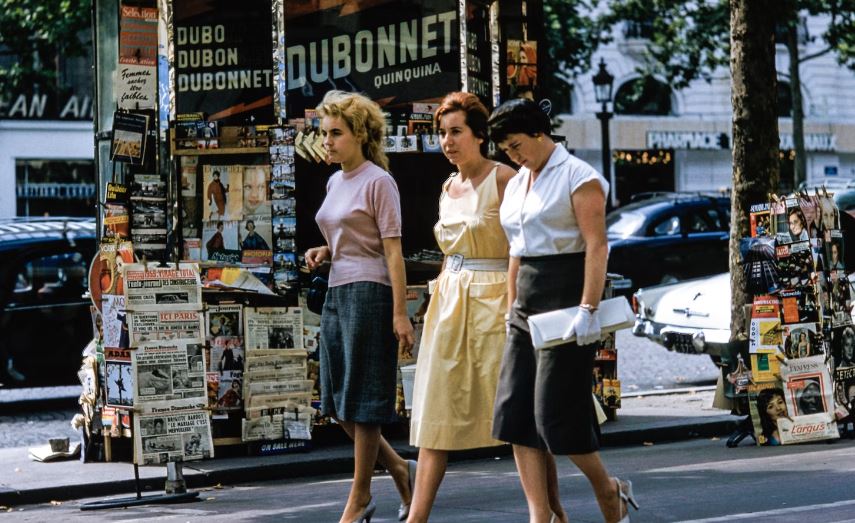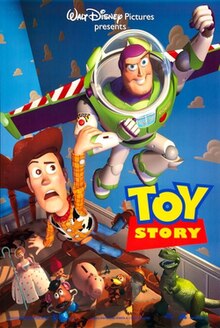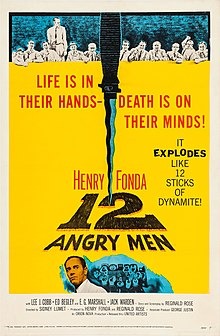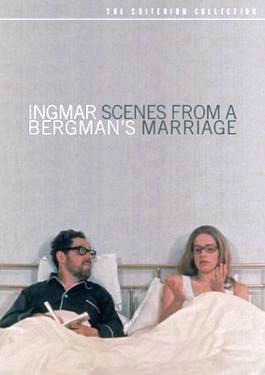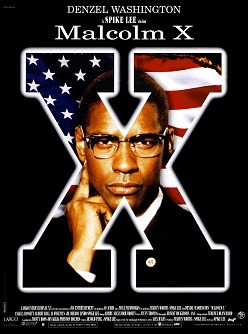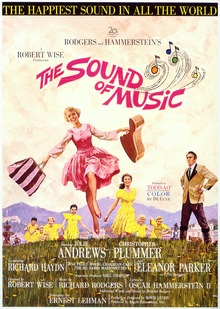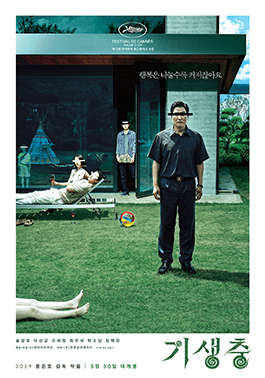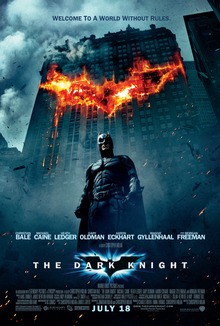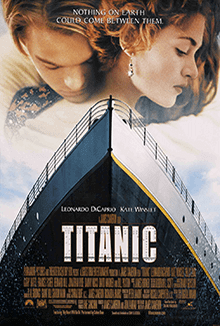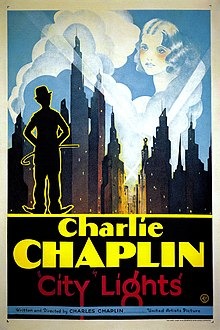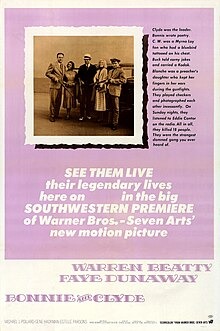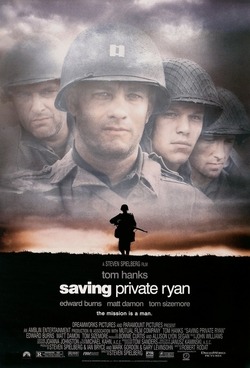Movies, they’re like a time machine for our emotions, right? From way back when they were flickering on screens to today’s high-definition spectacles, films have always had this incredible way of casting a spell on us. They’ve been making people laugh, cry, and think for as long as we can remember. But here’s the thing – the world of movies is vast and filled with hidden gems, classics that still give us goosebumps, and new stuff that’s constantly pushing the envelope. That’s what we’re all about in this content. We want to take you on this remarkable journey through the world of film, showing you why it’s been enchanting people for generations.
As we dig into this incredible history, we’ll see how movies have this knack for transcending time and culture. From the days when Charlie Chaplin and Buster Keaton ruled the screen to today’s mind-bending blockbusters like “Star Wars,” and those indie films that just hit you right in the feels – each era of filmmaking has left its mark. So, come along with us. Whether you’re a die-hard movie buff or just someone looking for a good flick, we’re here to celebrate the magic that films bring, from the old classics to the latest sensations. Let’s get ready to be wowed by the endless possibilities that movies have to offer.
15 Finest Cinematic Masterpieces In History
1. Toy Story (1995)
In 1995, ‘Toy Story’ marked a groundbreaking moment in cinematic history. During the early 1980s, director John Lasseter made efforts to persuade Disney to invest in computer-generated imagery (CGI), but the studio ultimately dismissed him. Subsequently, he joined the Graphics Group at Lucasfilm, which was later acquired by Steve Jobs and rebranded as Pixar. When Pixar released the first fully computer-animated feature film, their technology could not yet replicate human skin, feathers, or fur convincingly. Consequently, nearly every surface in the film had an artificial appearance, resembling plastic. However, this limitation proved advantageous, as it made ‘Toy Story’ an ideal choice for this new medium. While later CGI films featuring bugs, fish, and monsters would follow, ‘Toy Story’ remains unparalleled, not solely due to technological advancement, but primarily due to its exceptional writing and voice acting. These elements breathed life into characters like Woody, Buzz Lightyear, and their companions, transcending the limitations of early CGI and making ‘Toy Story’ a timeless classic.
2. 12 Angry Men (1957)
Released in 1957, 12 Angry Men is a masterful depiction of a gripping courtroom drama entirely confined to the jury room. The film features an ensemble cast including John Fiedler, Lee J. Cobb, Henry Fonda, E.G. Marshall, Jack Klugman, and Edward Binns. Directed by Sidney Lumet, the movie unfolds as Henry Fonda, the lone juror who harbors doubts about the guilt of a teenage murder defendant, engages in a relentless and persuasive questioning of his fellow jurors, gradually leading them to reexamine the evidence. Lumet’s direction infuses the back-and-forth dialogue with such intensity that it resembles a symphony of words. What makes ’12 Angry Men’ truly remarkable is its exploration of the essence of America: a place where a single individual with an open mind can catalyze profound change in the world.
3. Scenes From a Marriage (1974)
This 1974 film stands out as a departure from Ingmar Bergman’s earlier work in the ’50s and ’60s, which often featured intricate symbolism, metaphors, and dream sequences. Instead, this compelling drama delves into the raw and unadorned portrayal of divorce without the weight of literary symbolism. The film presents a naturalistic perspective on the challenges a middle-class Swedish couple faces as they navigate the five stages of marriage. Liv Ullmann and Erland Josephson deliver performances that breathe life into these characters, making them feel relatable and familiar, as though they exist in our own lives. In his exploration of middle-class existence, Bergman crafted a film that remains a definitive cinematic statement on the complexities of modern marriages and their ultimate fate.”
4. Malcolm X (1992)
Initially, the studio’s choice for directing the monumental biopic of the human rights activist was Norman Jewison, but Spike Lee vehemently advocated for Warner Bros. to bring in a Black filmmaker instead. After a hard-fought battle, Lee emerged victorious, albeit with significant limitations. However, when the studio and bond company withdrew their support, Lee took matters into his own hands by seeking donations from influential figures like Oprah Winfrey. This strategic move allowed him to create the film according to his vision. Malcolm X was an unquestionably controversial and widely misunderstood figure, and Lee dedicated a substantial 201 minutes to capture the profound and introspective complexity of a man who continuously evolved in his pursuit of justice. Malcolm X’s transformation from a teenage criminal to a Muslim convert and, ultimately, a Black nationalist leader is explored meticulously. While collaborating closely with Lee, Denzel Washington navigates through the seismic shifts in Malcolm’s life, a man who possessed the courage of his convictions but ultimately sought greater enlightenment.
5. Close-Up (1990)
Originating from a nation with some of the most stringent constraints on cinematic creativity, Iranian filmmaker Abbas Kiarostami challenges established norms with his innovative blend of documentary and fiction. His work blurs the boundaries that separate representation from reality. The premise is intriguing: during the late 1980s, an obscure individual was apprehended for impersonating director Mohsen Makhmalbaf to an affluent Tehran family. This imposter skillfully convinced them that they might feature in his forthcoming film, even borrowing money from them before his deception unraveled, leading to his arrest. Captivated by this incident, Kiarostami took the initiative to visit the impersonator in jail. He captured their conversations and the subsequent trial on film. Additionally, he reconstructed the so-called crime, fulfilling the con man’s earlier promise by casting the actual individuals involved. This unique approach results in a playful meta-examination of how the allure of the filmmaking process can entice everyday people.
6. The Shining (1980)
With all due respect to Stephen King, who has openly expressed his dissatisfaction with Stanley Kubrick’s adaptation of his novel, “The Shining” stands as a mind-bending and incredibly gripping masterpiece of horror. The film embodies Kubrick’s trademark fascination with intricate and perplexing narratives. As the audience is led through the eerie corridors of the Overlook Hotel, pursued by a sinuous camera and accompanied by the haunting sound of a tricycle, the hotel itself becomes a battleground teetering on the precipice of horror, with torrents of crimson blood adding to the unease. Equally haunting is the portrayal of Jack Nicholson’s brilliantly unhinged character, Jack Torrance, who grapples with one of the most unsettling cases of writer’s block in cinematic history. “The Shining” unfolds as the epitome of a deeply unsettling nightmare.
7. The Sound of Music (1965)
Julie Andrews is most renowned for her roles in two iconic films, “Mary Poppins” and “The Sound of Music,” which were released in 1964 and 1965, respectively. In the latter movie, she portrays a former nun turned governess responsible for caring for the seven Von Trapp children. She teaches them the joy of singing and brings vitality into their lives while operating under the watchful eye of their stern military father, portrayed by Christopher Plummer. Her character’s unswerving goodness has at times been the subject of jest and disregard, but a closer look at Julie Andrews’ performance in “The Sound of Music” reveals her own transcendent and saintly radiance. The entire film elevates goodness to a larger-than-life level. Although it transforms the true story of the Von Trapp Family Singers into a rather conventional romantic fairy tale, the music within the movie carries it to celestial heights. With her radiant belief in every musical note, Julie Andrews contributes significantly to this elevated atmosphere.
8. Goldfinger (1964)
The DNA of the James Bond film series was unmistakably influenced by Alfred Hitchcock’s “North by Northwest,” and it indeed came into its own with impressive finesse in “Dr. No” (1962), which served as the inaugural Bond film. However, it wasn’t until two years later, with the release of “Goldfinger,” that the Bond movies reached their quintessential peak of popular exhilaration. “Goldfinger” struck a note-perfect balance of audacious action and spectacle, peril and the irresistible coolness of the 1960s, a memorable theme song, and an iconic villain. Furthermore, it featured Sean Connery at his most regally ruthless and authoritative. The Bond film series has since become ingrained in our collective cinematic consciousness for good reason—it offers one of the most captivating escapes that cinema has ever provided. “Goldfinger” is the moment when it transcends into a cinematic revelation, delivering pure popcorn entertainment.
9. Parasite (2019)
The affluent Park family resides at the pinnacle of a hill, while the financially struggling Kims reside in the squalor of Seoul’s slums, often submerged in sewage waters. The concept of social mobility, particularly the ascent from the lowest rungs of society to its highest, appears unattainable unless the less fortunate clan is willing to resort to deception, betrayal, and even violence. However, in Bong Joon Ho’s groundbreaking Best Picture-winning film, the Kims are not depicted as the villains; instead, the blame is squarely placed on the class system itself. This thriller is both sharply focused in its message and broadly appealing in its relevance. Today, it represents a pivotal moment in the global discourse surrounding wealth inequality, challenging conventional notions of what types of films can contend for the coveted Academy Awards.
10. The Tree of Life (2011)
The extent to which this film can continue to ascend remains to be seen. Despite being one of the more recent additions to the cinematic landscape, Terrence Malick’s exploration of metaphysical themes, the struggle with grace and grief, and the very existence of God has already left an enduring mark on other filmmakers. Notably, it has influenced their reverence for the natural world, a quality emphasized by DP Emmanuel Lubezki’s camera work that seems to defy gravity. Malick delves into the loss of his brother as a central theme, intertwining it with contemplations on the creation of the universe. In his soul-searching cinematic journey, he enlists the talents of renowned actors but refrains from treating them as such, eschewing traditional lines and acting conventions. Instead, he emphasizes impressionistic fragments from his memories, even incorporating empathy within the context of dinosaurs. It’s akin to a more reflective version of “2001: A Space Odyssey,” as it raises profoundly existential questions.
11. The Dark Knight (2008)
Christopher Nolan’s second Batman film is often hailed as the most excellent comic book movie ever made, and for good reason. It effortlessly combines the sprawling urban film noir grandeur with a palpable sense of malevolence, allowing it to fully embrace its operatic aspirations. It serves as both a profound exploration of corruption and one of our era’s most groundbreaking action spectacles. At its core, the film features Christian Bale’s Batman, a character teetering on the moral precipice, torn between the morally compromised district attorney, Harvey Dent, played by Aaron Eckhart, and Heath Ledger’s Joker. Ledger’s portrayal is nothing short of extraordinary, as he brings to life a character of pure, disruptive insanity, complete with his self-applied crooked lipstick. Michael Caine, who shared the screen with Ledger, aptly described it as “one of the scariest performances I’ve ever seen,” a sentiment still holds true today. Ledger’s portrayal of the Joker remains unparalleled and continues to captivate audiences.
12. Titanic (1997)
James Cameron’s visually stunning love story, “Titanic,” has the unique distinction of being both adored and criticized like few other films in cinematic history. It’s a cinematic masterpiece that also serves as a disaster movie, blending artistry with spectacle seamlessly. Despite its initial acclaim, criticism surfaced almost immediately, with some disparaging the script (although it is, in fact, quite commendable, with only a few lines that may seem less polished). These criticisms led to “Titanic” becoming a focal point of detractor culture. However, it’s essential to disregard the noise and focus on the heart of the film – the heart of the ocean. “Titanic” possesses a primal grandeur reminiscent of D.W. Griffith’s works, and it incorporates a subtle irony into its romance that many critics failed to grasp. The enchanting chemistry between Leonardo DiCaprio and Kate Winslet’s characters is undeniable, yet the film astutely recognizes that their love is, at its core, a fleeting, starry-eyed infatuation. Only when they face the impending disaster with the iceberg, their love transcends time, leaving an indelible mark on the story.
13. City Lights (1931)
Four years after the advent of talking pictures, Charlie Chaplin remained true to his silent film roots, sticking with what had made him the world’s most celebrated star: his ability to convey humor and emotion without uttering a word. After years of perfecting the delicate balance between whimsy and sentimentality, Chaplin delivered one of his most exquisite works in this romantic film gem. In this movie, Chaplin reprises his iconic “Little Tramp” character, who finds himself smitten with a blind flower girl portrayed by Virginia Cherrill. Unaware of his shabby attire, the young woman falls for what she believes to be a wealthy man. Ever the perfectionist, Chaplin meticulously shot and reshot the scene in which these two characters first meet a staggering 342 times, ensuring that the poetic moment was just right. Even more touching is when her sight is restored, and she touches his hand, finally recognizing the truth.
14. Bonnie and Clyde (1967)
“Bonnie and Clyde” is a gangster film that exudes a rare freshness and audacity, pushing the boundaries of eroticism and delivering shocking violence with a bullet-in-the-eye impact. Its boldness effectively marked the end of the traditional Hollywood studio system. However, its aesthetic quality sets “Bonnie and Clyde” apart – it occupies a unique space, straddling the cinematic world that preceded it and the one that followed. The film narrates the tale of the notorious 1930s bank robbers – Clyde Barrow and Bonnie Parker, portrayed with a mesmerizing blend of glamour and vulnerability by Warren Beatty and Faye Dunaway. This film catalyzed the newfound creative freedom of the New Hollywood era, yet Arthur Penn directed it with meticulous visual precision and a classic design that defied convention.
15. Saving Private Ryan (1998)
Steven Spielberg, an American director with an innate knack for immersing audiences in others’ experiences, embarked on his filmmaking journey by creating amateur combat films with his neighborhood friends. However, when this natural-born entertainer tackled this epic World War II rescue mission, his talent truly shone. Spielberg had already masterfully brought creatures like sharks, aliens, and dinosaurs to life, but these were fantastical creations compared to the harrowing Omaha beach landing depicted in this film. The D-Day invasion sequence builds upon the achievement of Spielberg’s “Schindler’s List,” skillfully reconstructing history in a way that makes viewers feel as though they are firsthand witnesses to the events. The film’s opening stands as a pinnacle of cinematic virtuosity. Yet, Spielberg continues to captivate his audience throughout the film, guiding us through sniper attacks and intense bonds forged in the crucible of fire.
Conclusion
Film has evolved significantly due to rapid technological advancements, leading to better cinematic experiences. However, it’s essential to recognize that many of the greatest films in history, spanning various eras, have played a crucial role in shaping the industry. These timeless classics continue to inspire and entertain, showcasing the dynamic interplay between innovation and tradition in the world of cinema.

